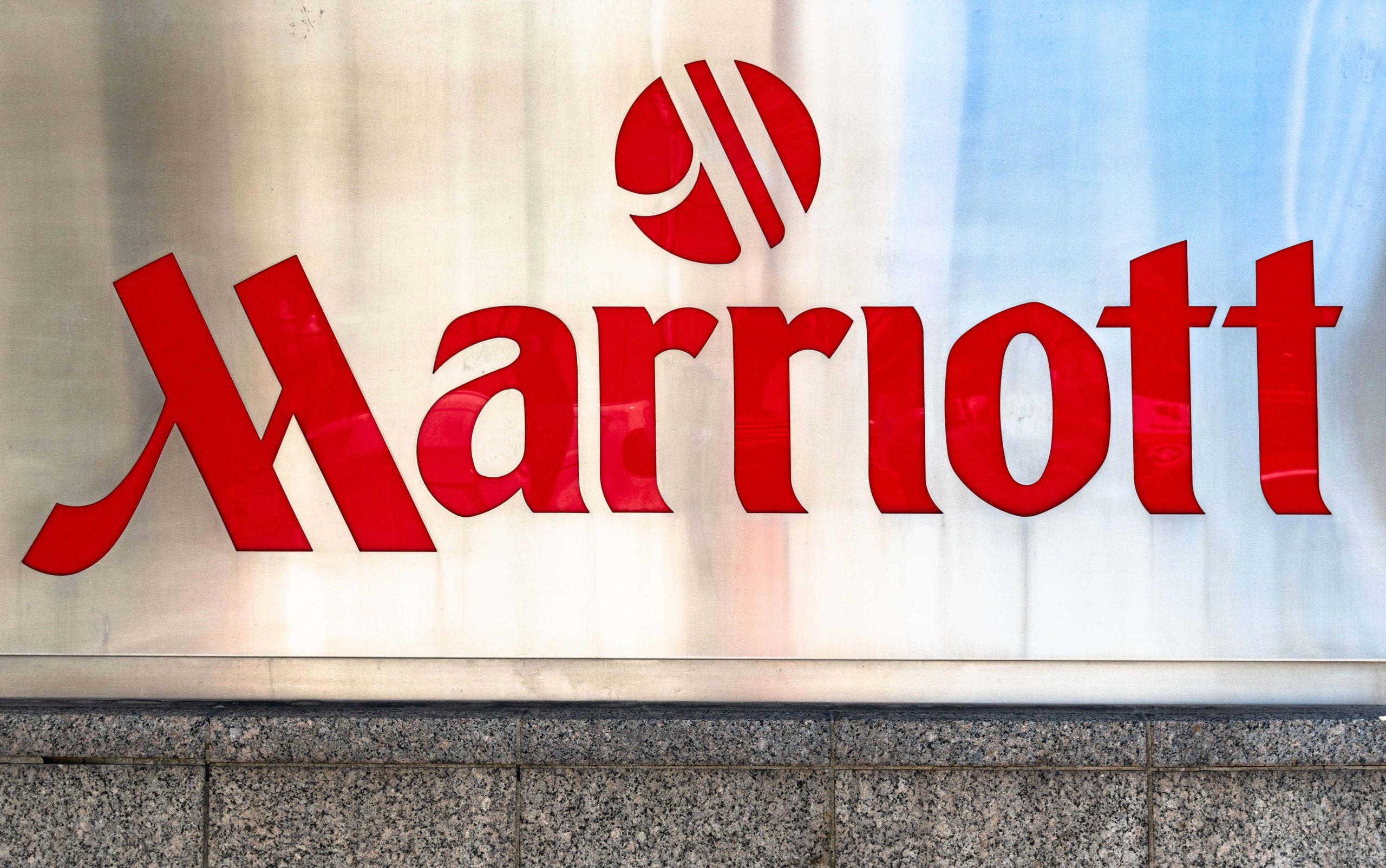

The real estate market, once battered by pandemic-era disruptions, is now grappling with a new set of challenges: inflationary pressures, interest rate volatility, and shifting consumer behavior. Host Hotels & Resorts (HST) has emerged as a case study in adaptation, leveraging operational efficiency, occupancy momentum, and a resilient capital structure to navigate this complex landscape. A deep dive into its Q2 2025 earnings reveals a company poised for long-term value creation—but not without risks.
Operational Efficiency: A Mixed Picture of Recovery
Host Hotels reported a 4.2% year-over-year increase in Total RevPAR ($400.91) and a 3.0% rise in core RevPAR ($239.64), driven by higher room rates and robust transient demand. These metrics reflect a recovery in pricing power and consumer confidence, particularly in leisure travel. However, the 7% decline in GAAP net income to $225 million underscores the fragility of this progress. The drop is largely attributable to reduced insurance gains from business interruption claims—$39 million in Q2, compared to $50 million in Q2 2024. While this is a non-recurring drag, it highlights the company’s exposure to external shocks.
The operational split—60% transient, 36% group, and 4% contract business—reveals a structural shift. Transient demand, up 1.6% year-over-year, has become the backbone of revenue, while group bookings fell 6.1% due to renovation disruptions and a shift in corporate travel patterns. This trend mirrors broader industry dynamics, where leisure travelers are prioritizing flexibility over large group events. For Host Hotels, this means a trade-off: steadier but lower-margin revenue from transient guests versus the higher-yield group segment.
Occupancy Trends: Regional Strength, National Caution
Domestic occupancy for comparable hotels stood at 73.9% in Q2 2025, down slightly from 74.6% in 2024. Yet, regional performance tells a more nuanced story. Markets like Miami (75.7%), Maui (70.6%), and New York (89.7%) saw significant gains, driven by pent-up demand for luxury travel and event-driven tourism. Conversely, Phoenix occupancy dipped to 71.6%, reflecting a slowdown in business travel.
The company’s year-to-date domestic occupancy of 71.9% matches 2024 levels, suggesting a stabilization in demand. However, the international occupancy of 70.5%—up from 65.8%—points to growing global appeal, particularly in European and Asian markets. This diversification is a strategic advantage, insulating Host Hotels from localized downturns.
Capital Structure Resilience: A Fortress of Liquidity
Host Hotels’ balance sheet remains a cornerstone of its appeal. With $2.3 billion in liquidity—including $1.5 billion in credit facility capacity and $279 million in FF&E reserves—the company is well-positioned to fund growth initiatives or weather a downturn. Total debt of $5.1 billion is offset by $13.0 billion in assets, yielding a debt-to-asset ratio of 39%, which is conservative for a REIT.
The interest coverage ratio, though not explicitly stated, is inferred to be robust. With $58 million in Q2 interest expense and $496 million in adjusted EBITDA, the ratio likely exceeds 8x, a level that provides ample cushion against rate hikes. The company’s 5.4-year weighted average debt maturity and 4.9% average interest rate further reduce refinancing risks.
Host Hotels’ disciplined approach to debt management is evident in its $500 million refinancing of 4% notes with 5.7% bonds in May 2025. While this increased near-term interest costs, it locked in long-term stability by extending maturities and reducing refinancing exposure.
The Investment Case: Balancing Optimism and Caution
Host Hotels’ raised full-year RevPAR guidance (1.5–2.5%) and $0.85–$0.90 diluted EPS forecast signal confidence in its recovery trajectory. The company’s focus on asset optimization—selling underperforming properties like The Westin Cincinnati and reinvesting in high-margin projects like the Four Seasons Resort in Orlando—demonstrates a commitment to long-term value.
However, risks persist. The $105 million in share repurchases at $15.56/share (a 5.9% discount to the 52-week high) suggests management believes the stock is undervalued. Yet, with $590–660 million in capex planned for 2025, there is a trade-off between returning capital to shareholders and funding growth.
Investors should also monitor macroeconomic headwinds. The company’s guidance acknowledges third-quarter challenges from group volume softness and fourth-quarter moderation due to uncertainty in the broader economy. These factors could pressure margins if demand shifts further toward transient guests.
Final Verdict: A Strategic Buy for Patient Investors
Host Hotels’ combination of operational resilience, regional diversification, and a fortress balance sheet makes it an attractive long-term investment. The company’s ability to adapt to shifting demand patterns—from group to transient, from domestic to international—shows agility in a sector prone to cyclicality.
For investors, the key is to balance optimism with caution. Host Hotels is not a high-growth play, but its disciplined capital allocation, strong liquidity, and stable cash flows align well with a defensive strategy in a volatile market. Given its current valuation and robust financials, HST offers a compelling entry point for those with a 3–5 year horizon.


